Standing up potatoes
- rosemary
- Jun 27, 2023
- 4 min read
"Every online food recipe trend has its watershed moment, the point at which it goes from being a fun project to going full-on viral."
J. Kenji López-Alt

The photograph above for Creamy potato bake with salmon from the latest Coles Magazine, is my inspiration for today's post. It caught my eye, not just because it looked very appealing and a possible dish to make, but also because it was yet another dish in which thinly sliced potatoes standing up on end featured. So I started wondering where the trend came from and when it began. And I have to tell you the answer - I don't really know. Although there are some pointers, from which I have developed my own family tree as it were.
I think it all begins with two traditional French ways of cooking potatoes - Pommes de terre boulangère in which sliced potatoes are baked in a couple of layers in the oven with butter and/or oil, some herbs and maybe garlic and/or onions. These sort of variations are regional and/or according to what your mother and grandmother did. Then you have Gratin Dauphinois - and all the other potato gratins in which the sliced potatoes are arranged in layers in a dish and cooked in the oven, having had cream, stock, some kind of liquid anyway and cheese poured over them. Boulangère are crispy, gratin creamy. And with 'origins' I shouldn't forget just plain roast potatoes.
The next step(s) are to turn your gratin potatoes into the French Potato pavé (Sel Magique) in which the compressed gratin - a not very creamy one, is chilled, cut into squares and then roasted - or deep fried. The roasted potatoes became the Hasselback potato - a trend which apparently went viral in around 2011. Needless to say there were endless variations on these themes, particularly the Hasselback version - with all manner of things being put in between the slices, or sprinkled on top. Not to mention it being done to every remotely suitable vegetable besides the potato.
The Hasselback approach is very widespread, with many bloggers and chefs singing their praises, but J. Kenji López-Alt is not quite as convinced:
"to be absolutely honest, I've never been too happy with the way they taste. They're supposed to combine the best part of a baked potato—the creamy, moist interior—with the best part of roasted potato chunks—the crispy edges—but really, they produce only mediocre versions of both. The interior is never as moist as I want it, and the edges are always more dried and leathery than really crisp."

The Boulangère method kind of skipped an interim step and became Crispy leaf potatoes in which fundamentally the same technique as the original Boulangère method was used, but now we stand the sliced potatoes on end. The ones shown here have oregano salt as the main flavouring, but there's not much else involved. This is a Donna Hay recipe, and she may actually have been responsible for inventing this particular dish - at least a couple of imitators seem to think so anyway. If she did it would have been around 2017. There are certainly heaps of other versions around. It looks gorgeous and actually is pretty easy to do. Having sliced your potatoes on a mandolin, or by hand as thinly as you can, you just grab handfuls and stack them in your prepared baking dish. I don't think cheese is usually involved, but of course it could be - bacon too - as J. Kenji López-Alt, continuing the quote at the top of the page on how trends begin says:
"It's usually when bacon gets added to it. It's the moment when every blog and Instagram feed is so saturated with it that even mainstream media will pick it up."
The gratin method also took the same turn, by standing the potatoes up on end to create the kind of dish we have at the top of the page, whereby other ingredients are added as well as the sauce being more or less infinitely variable. Examples I found are: Potato-tomato gratin with horseradish from Christian Reynoso/Bon Appétit; Hasselback potato gratin from Waves in the Kitchen and also from J. Kenji López-Alt of Serious Eats; and Hasselback fondant potatoes from Yotam Ottolenghi, whose version is looser in that the potatoes are not packed so closely together, as well a being kept intact as actual potatoes, as well as having a wider cut to the potato. A hybrid. People experiment with the appearance, swirls, circles, spirals and also with mixing in different vegetables, different potatoes ...
The next, and I think more recent step is to turn the idea of the gratin and the boulangère into a tart. I wonder whether filo pastry will get involved soon? So far it's just ordinary pastry with Apple-cheddar sweet potato tart from Wisconsin Cheese and Vegetable spiral tart from Honestly Yum as my examples. But there are plenty more.
The Hasselback meanwhile has taken a couple of Instagram/TikTok turns with the Accordion potato - I think I tried this without a great deal of success and a lot of fiddle, in contrast to the vertical gratin dauphinois kind of thing, which is probably even easier to assemble than the traditional version. The other recent Instagram hit is Hasselback waffle potatoes as reported on by Kitchn. For this you peel your potato, cut it into squares or rectangles, that you then cut through both ways to form a criss-cross pattern, Hasselback style - i.e. not all the way through. The slices are then covered in an oily mix of whatever, sprinkled with whatever and baked - or possibly fried.
I'm not sure that any of these options are particularly healthy, but I do love potatoes. Indeed I'm about to go and prepare a gratin dauphinois to go with my Jane Grigson Fricassée de poulet à la Berrichonne (chicken braised with carrots).
Final thing - a separate family tree - well maybe I should have included baked potatoes with my origins - Twice-baked potatoes from Ed Brown/Today in which stuffed baked potatoes are just stood vertically rather than horizontally.

I wonder where they will go next?


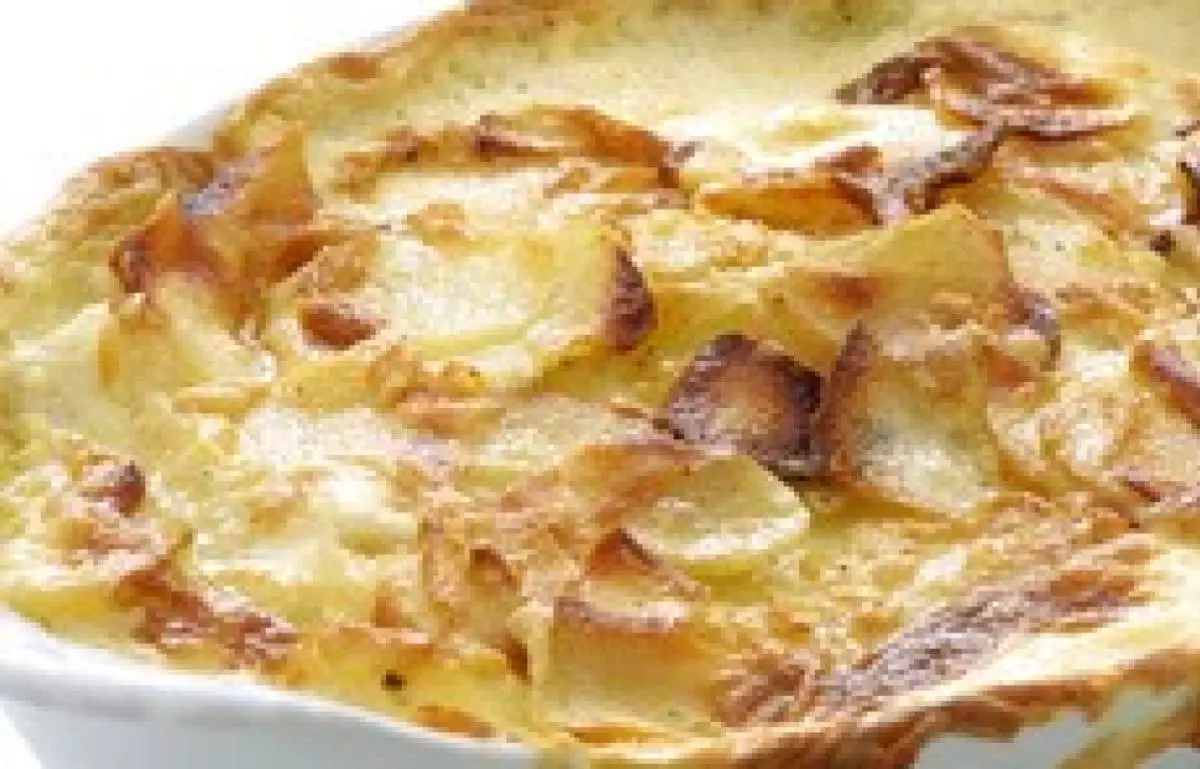





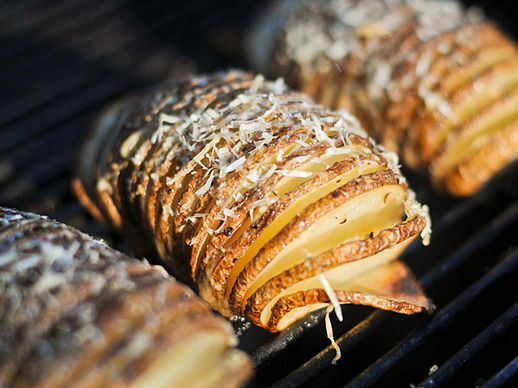
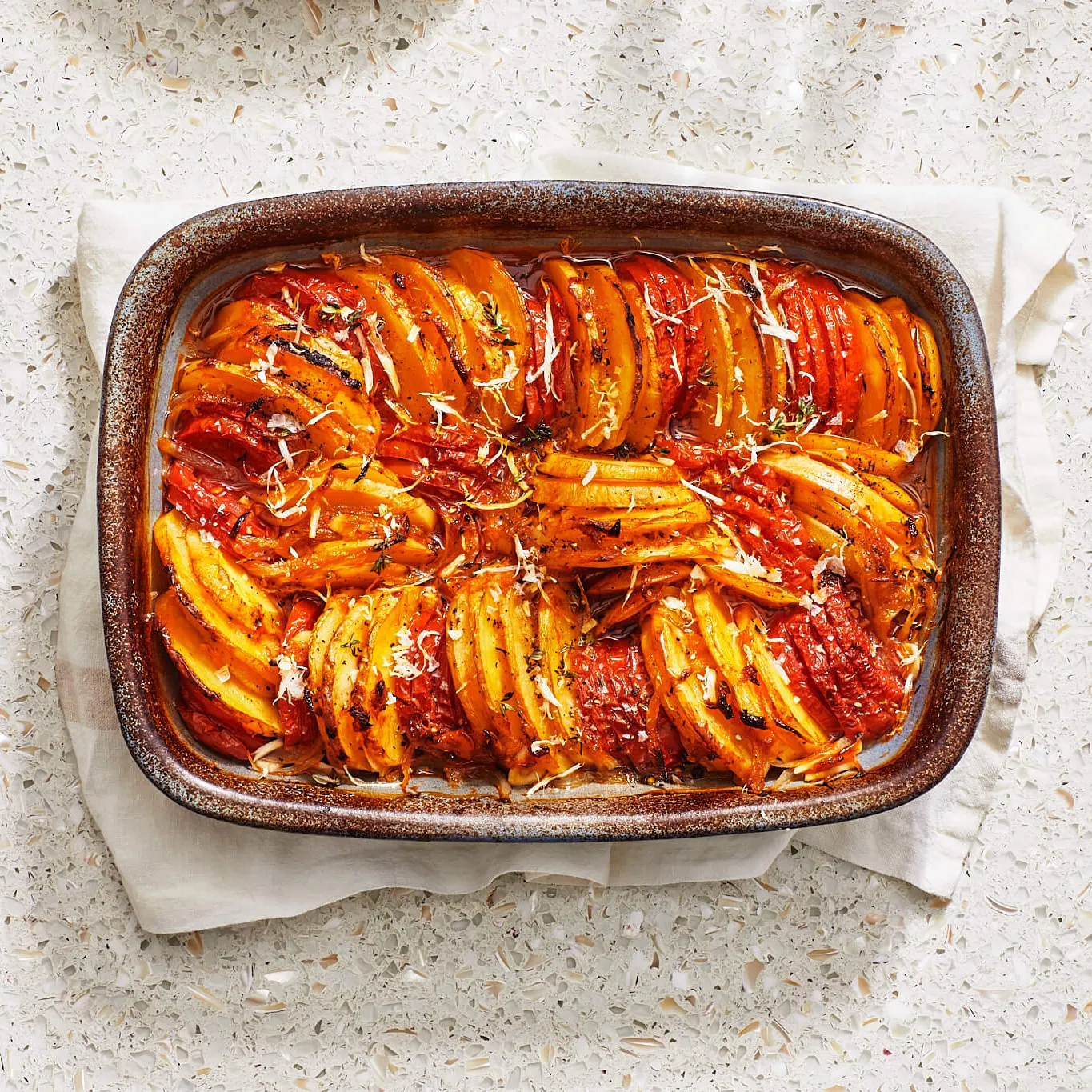




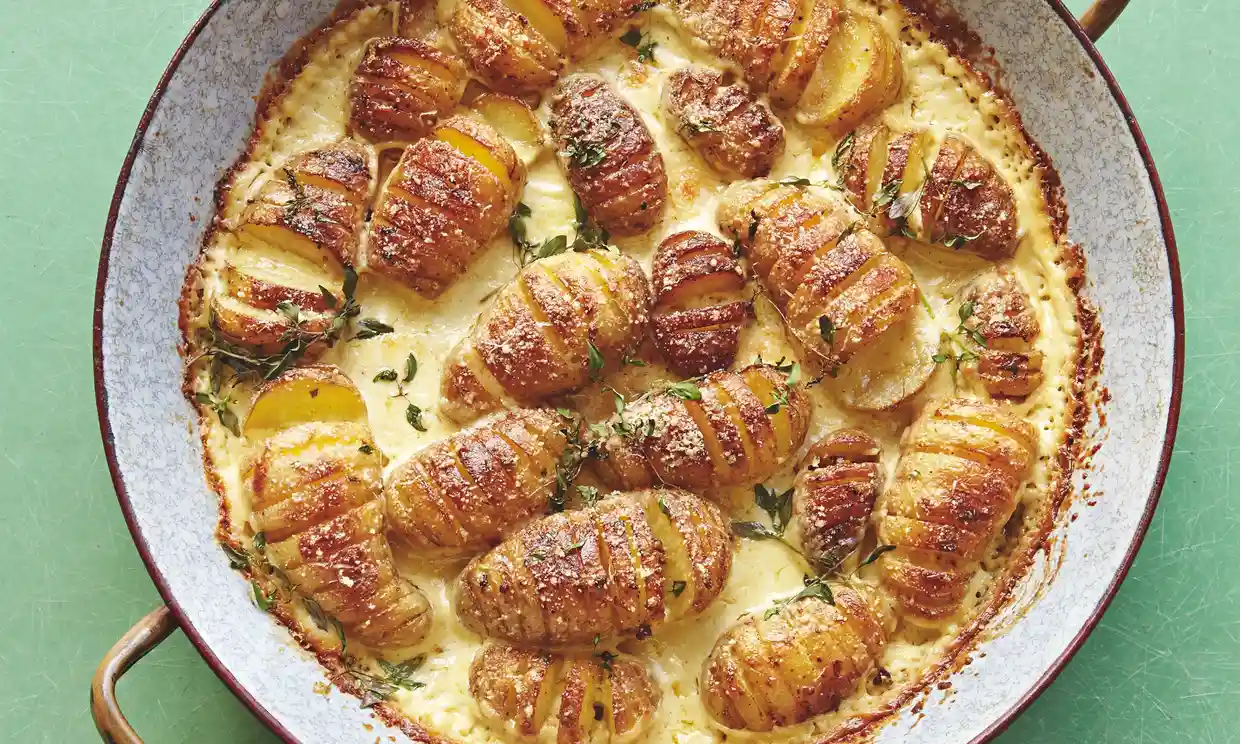

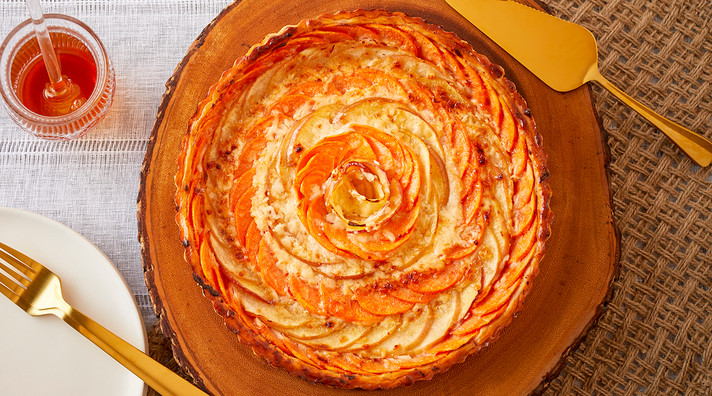









Comments